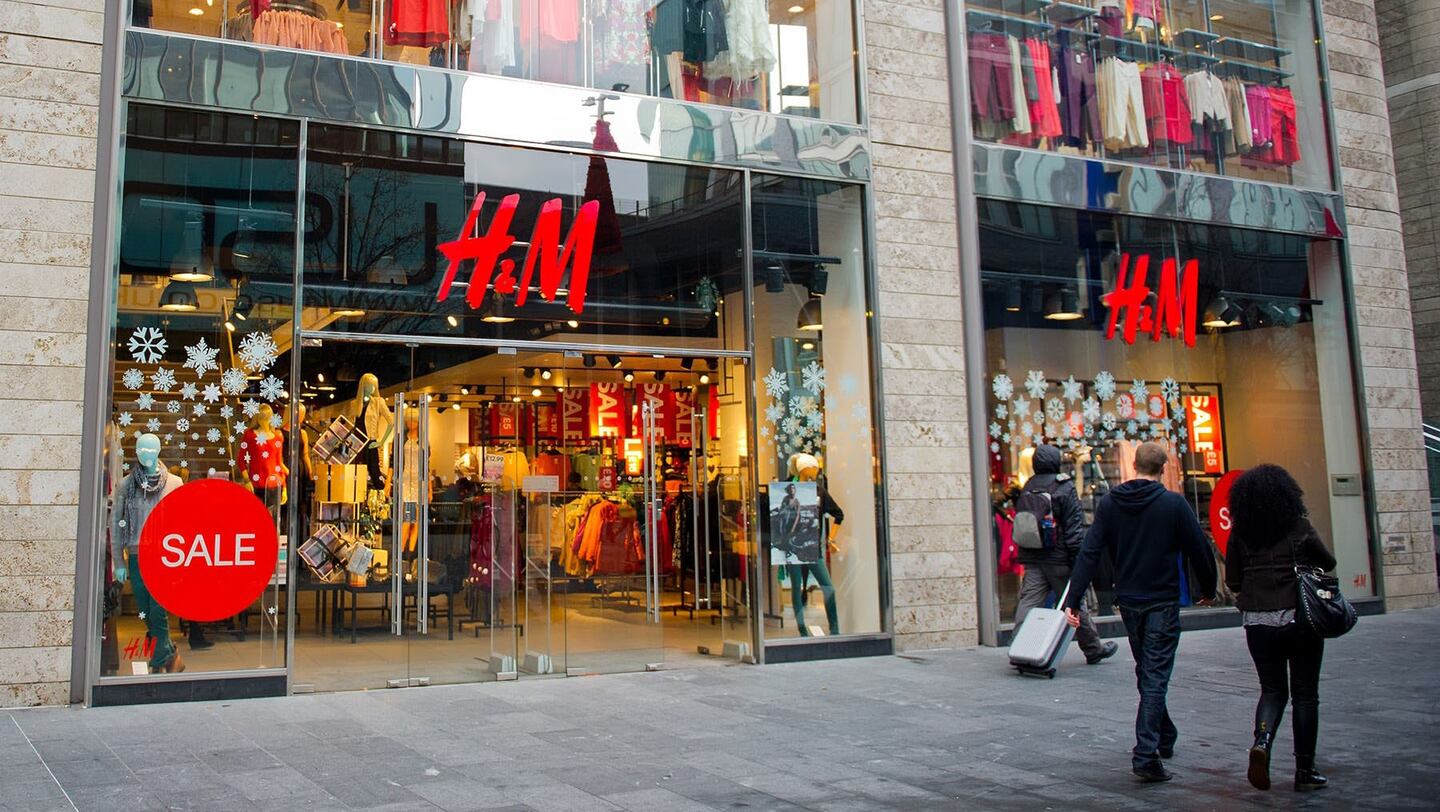
The Business of Fashion
Agenda-setting intelligence, analysis and advice for the global fashion community.

Agenda-setting intelligence, analysis and advice for the global fashion community.

STOCKHOLM, Sweden — Hennes & Mauritz AB Chairman Stefan Persson and his family may be about to consolidate their control of the struggling Swedish fashion giant through an offer that lets investors convert dividends into new shares.
H&M last week proposed an unchanged dividend for 2017 of 9.75 kronor per share. The company also said the board will “investigate the possibility” of letting all its owners reinvest that dividend into new stock. Doing so would help H&M handle “continued high investments in areas such as digitalization," it said.
Persson, who has a net worth of $17.7 billion according to data compiled by Bloomberg, and his family have made clear they’ll reinvest. If other owners don’t do the same, the family’s stake will increase. Persson has already spent the past few years raising his position in H&M, leading to speculation that he may seek to take it private. (He’s repeatedly said that’s not his aim.)
If Persson and his family convert their dividend of 6.73 billion kronor ($856 million) into new H&M shares at the Jan. 31 closing price, they would get an extra 48.3 million shares. If all other shareholders opt for cash, the family’s stake would rise to 43.4 percent, from the 41.7 percent held at the end of last year. If his sister Lottie Tham and her relatives also reinvest, the families’ combined stake would rise to 48.8 percent.
ADVERTISEMENT
While it’s hard to know how H&M shareholders will respond to the offer, some analysts say smaller owners might be better off just taking the cash, given the challenges the company faces. What’s more, an initial response from Sweden’s tax agency suggests shareholders may face a levy before reinvesting. Andreas Holmberg, an official at the agency, characterized the H&M proposal as “unusual.”
H&M is a very popular stock in Sweden, and it makes up about a fifth of equity holdings with smaller investors, which is “maybe a bit more” than people should have, Claes Hemberg, a savings adviser at online broker bank Avanza AB, said by phone.
"If you believe that H&M will follow the index, keep 10 percent in the company, but if you don’t, cut to 5 percent, unless you sell everything," he said.
Hemberg believes that H&M will lag behind the broader stock market. “It has such a long way to go" to address the issues it’s struggling with, including challenges from “juggernauts like Amazon and Alibaba." For the Persson family, that’s not a problem because they have a very long investment horizon, but smaller investors should think twice before adding H&M shares, he said.
"The regular investor maybe mixes his or her own agenda with the Persson family’s agenda, but they have a 100-year perspective and for them it doesn’t matter where the share price is in two years’ time,” Hemberg said.
As H&M shares slumped about 30 percent last year, the chairman bought almost 11 billion kronor worth stock.
H&M’s Store Closure Plan Raises Doubts on Sales Revival
The scrip dividend is designed to help H&M cover the cost of investing more in developing its online business, which has left a hole in its balance sheet. In 2017, H&M had net debt of 500 million kronor. That compares with net cash of about 25 billion kronor in 2010.
ADVERTISEMENT
Joakim Bornold, a savings adviser at Nordnet, says H&M’s scrip dividend proposal is good from a company perspective. “It builds up the balance sheet and the money seems to be needed."
“H&M proposed this because the situation is strained, and the move shows the situation may actually be even worse than what it looks like," he said.
Bornold also says that shareholders, who now stand to be diluted, shouldn’t be blinded by H&M’s good performance in the past.
“The investors are dazzled by H&M’s amazing history, and think the share price dive is temporary,” he said. “I doubt that it will be that easy."
By Niklas Magnusson, Hanna Hoikkala and Anna Molin; editor: Tasneem Hanfi Brögger.
From analysis of the global fashion and beauty industries to career and personal advice, BoF’s founder and CEO, Imran Amed, will be answering your questions on Sunday, February 18, 2024 during London Fashion Week.
The State of Fashion 2024 breaks down the 10 themes that will define the industry in the year ahead.
Imran Amed reviews the most important fashion stories of the year and shares his predictions on what this means for the industry in 2024.
After three days of inspiring talks, guests closed out BoF’s gathering for big thinkers with a black tie gala followed by an intimate performance from Rita Ora — guest starring Billy Porter.